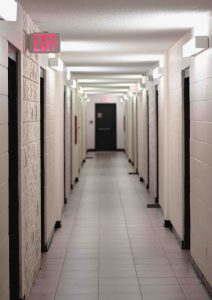Nursing home abuse and neglect in Orange County is more common than many people think, and some studies estimate that it impacts 10% or more of older adults. Indeed, according to the National Council on Aging (NCOA), one out of every 10 people aged 60 and older suffers some type of abuse each year, and some studies suggest that only about one out of every 24 cases of elder abuse is actually reported, which could mean that the rates of abuse and neglect are significantly higher than what we already know. Some signs of abuse or neglect may be more obvious than others, such as physical bruises or cuts or reports made by seniors who have experienced abuse. Yet as an article in U.S. News & World Report intimates, it is always important to think about signs and symptoms of abuse that may not be as obvious or transparent. Often, the way to learn about some of these issues is to ask questions. Our Orange County nursing home neglect lawyers can tell you more.
When Nursing Home Abuse is Not Transparent
The article in U.S. News & World Report emphasizes that, more often than you might anticipate, “there are harsh secrets in nursing homes” that frequently include “resident neglect or abuse.” As that piece underscores, the COVID-19 pandemic worsened safety and health issues that were already present in many nursing homes in California and across the country as those facilities failed to implement effective infection control measures or to address the effects of isolation and emotional neglect. Yet often, these kinds of issues will only be known to prospective residents or to current residents’ family members if they ask.
 Southern California Nursing Home Abuse Lawyer Blog
Southern California Nursing Home Abuse Lawyer Blog










